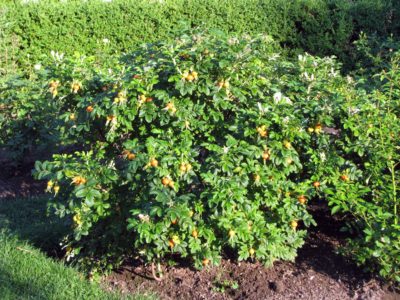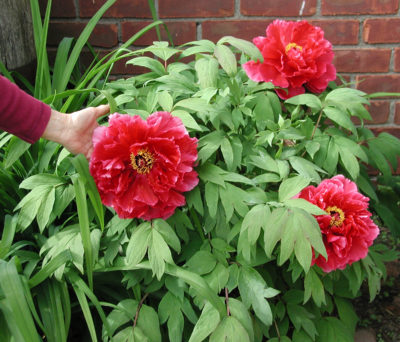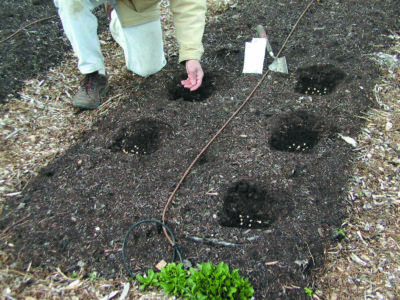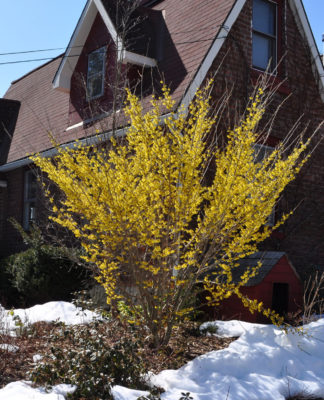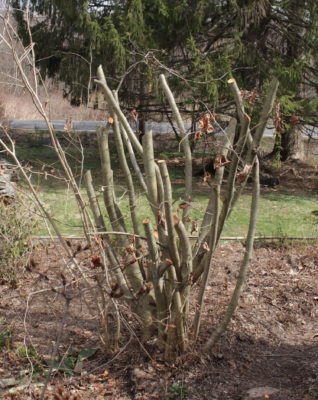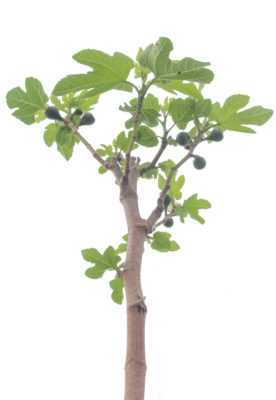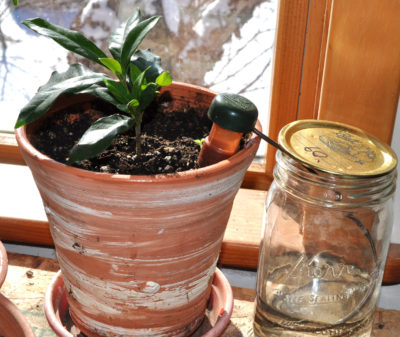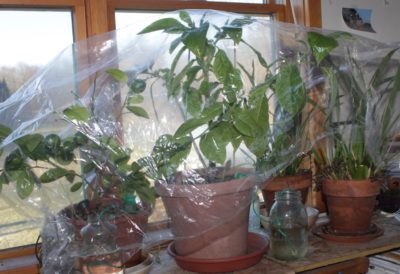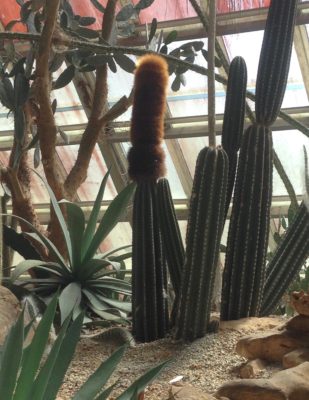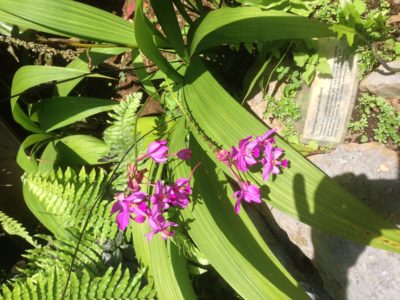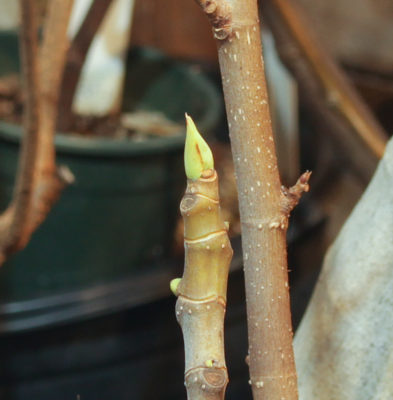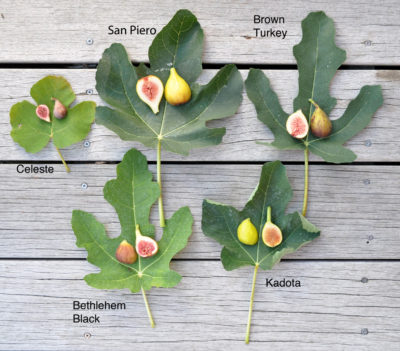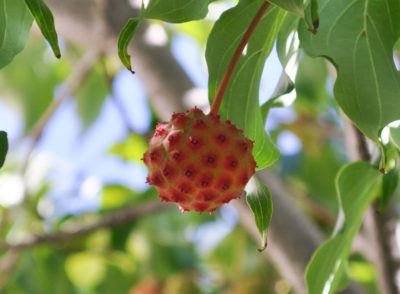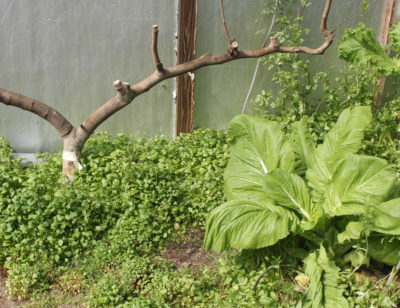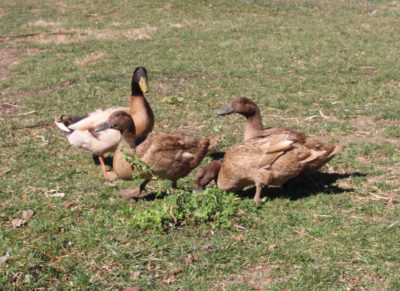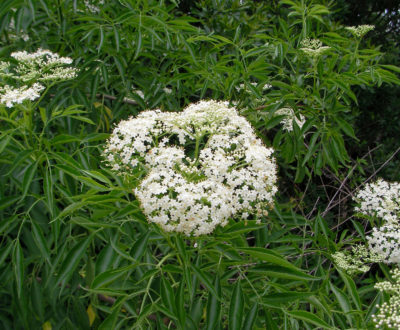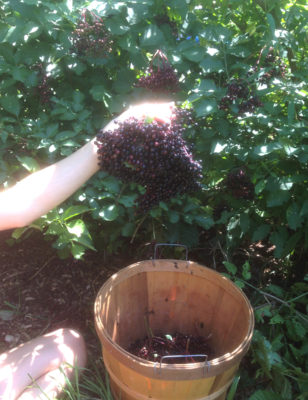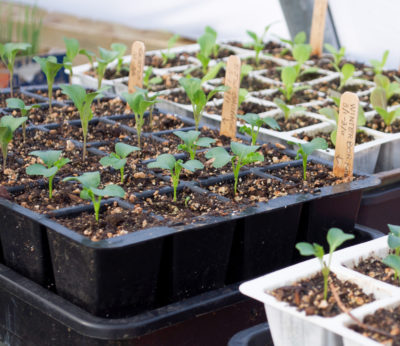Some Good, Some Bad
Picking Pecks and Pecks of Peppers
Warm — no, hot — weather going on and on keeps tomatoes, cucumbers, and peppers chugging along, restrained only by diminished sunshine. Still, before real autumn weather rolls in and decimates these warmth-loving plants, it’s time to do some evaluation of this season before it fades into memories that meld with previous seasons.
As usual, there are successes and failures. Good — no, great — are this year’s peppers. I credit the rousing success mostly to My choice of two varieties. The first was an old variety, Sweet Italia, aka Sweet Italian or Italian Sweet. Other varieties are available with similar names; the names are similar, but not the same, as are the fruits.
Sweet Italia has two problems: The seed is hard to find; and the plants flop over under their weight of fruit. Both problems are easily solved: Save seed (Sweet Italia is not a hybrid, so seeds come “true” as long as the plants are sufficiently distant from other pepper varieties); stake the plants. Sweet Italia is especially notable for bearing large and relatively early crops of deliciously sweet red peppers even under northern growing conditions. It’s much, much tastier than Sweet Ace, which is often grown commercially as an early ripening, sweet red pepper.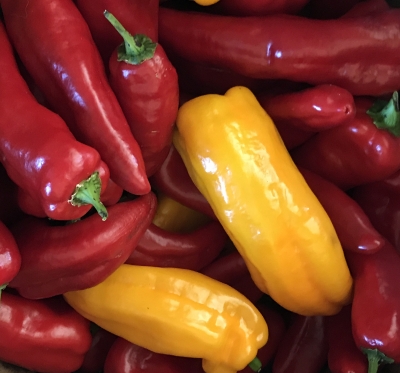
The other pepper variety of note is Escamillo, larger than Sweet Italia and also delicious, in a different way. Escamillo, bred by Johnny’s Selected Seeds, ripens yellow. Like Sweet Italia, Escamillo is a corno di toro, shaped like the horn of a bull.
Blight!!
Balancing my peppery successes are two failures celery and celeriac. Plants looked healthy from the time I sowed seed, indoors in February, until the transplants went out in the garden, in early May. It was downhill from there.
Plants are stunted and their leaves are spotted by disease. The spots are very distinctive, tan with black edges, and angular in outline. The tan areas lacked pycnidia, small, black propagules visible with the naked eye, so the disease is not one of the fungal diseases that afflict celery and celeriac.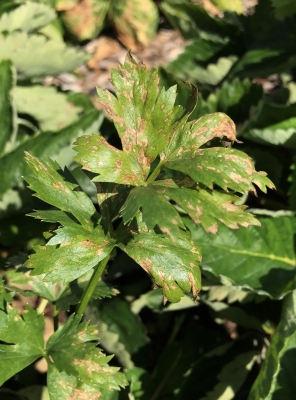
A web search of symptoms and images identified the problem as bacterial blight (Pseudomonas syringae pv. apii). Cool, wet weather exacerbates the condition, and we did have some of that this summer. The fungus can also spend the winter in the soil, which makes a good case for crop rotation, not planting any member of a family of plants in the same place oftener that every 3 years. I did move my celery and celeriac far from previous two locations, though.
I’m pinning the blame on seedling flats that were not sufficiently cleaned. Usually, I just give them a rinse after use; next year they’ll also get a spritzing with alcohol.
Infected seed could also have been the culprit — doubtfully in my garden. The celeriac seed was from a reputable nursery. What’s more, the celery seed comes from my own plants, in the greenhouse. Those plants also self-seed in the greenhouse, and the volunteer plants that come up in the greenhouse look fine. (I thin them out, letting the best ones grow to provide celery all winter, and then self-seed again in spring.)
If infected, seed could be de-contaminated with a hot water treatment, 122°F for 25 minutes. Or with time. Seeds more than two years old don’t carry disease.
Other plans for next year are to be even more thorough with end-of-season cleanup of beds and to rip out of the ground any plants suspected of harboring disease as soon as noticed.
As a last resort, copper sprays, which are approved for organic use, could be applied. I probably won’t do that; it takes the fun out of just popping fresh vegetables into your mouth in among the beds. I have plenty of other good stuff to eat out there.
A Fruitful Season
In fruits, pears have been outstanding this year. Not because of any greenness of my thumb; everybody around here had good crops of pears. Must be something about the weather.
Also outstanding have been grapes. Again, not because of the greenness of my thumb, but because I have so many vines and so many different varieties. Despite weather conducive to diseases, there were — and still are — plenty of good grapes for eating.
Flowers did fine this year, except Lemon Gem marigolds, one flower that I try each year to sow enough of to define the leading edges of the beds in the vegetable garden.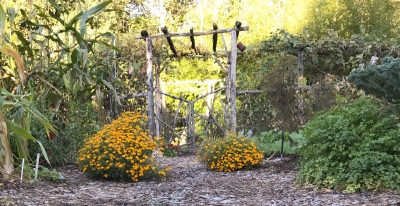 They typically germinate poorly for me, but they occasionally self-seed. I couldn’t bear to remove the few that popped up in the main path near the leading edges of the beds. Their general absence makes those few all the more outstanding.
They typically germinate poorly for me, but they occasionally self-seed. I couldn’t bear to remove the few that popped up in the main path near the leading edges of the beds. Their general absence makes those few all the more outstanding.

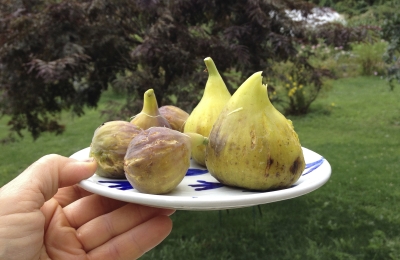 Mealybugs look, unassumingly, like tiny tufts of white cotton, but beneath their benign exteriors are hungry insect. They injects their needle-like probiscis into stems, fruits, and leaves, and suck life from the plants, or at least, weaken the plants and make the fruits hardly edible.
Mealybugs look, unassumingly, like tiny tufts of white cotton, but beneath their benign exteriors are hungry insect. They injects their needle-like probiscis into stems, fruits, and leaves, and suck life from the plants, or at least, weaken the plants and make the fruits hardly edible.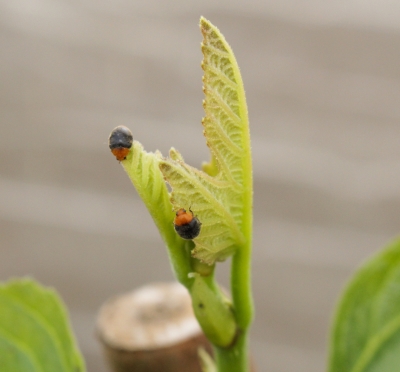
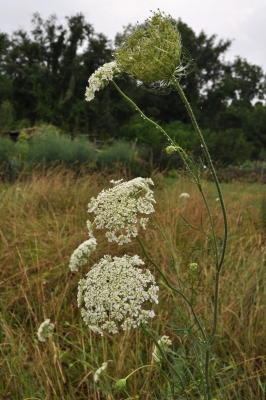 The Carrot Family Helps Out
The Carrot Family Helps Out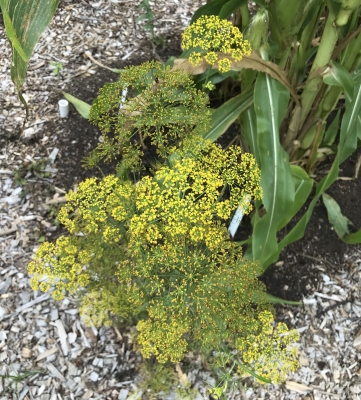
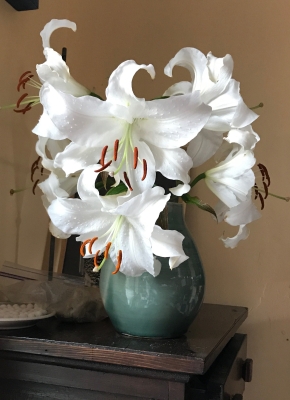
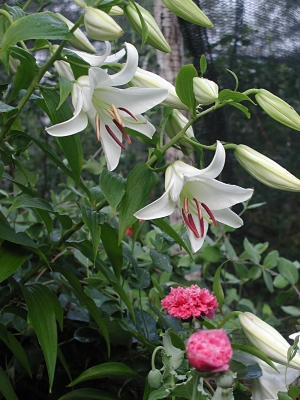

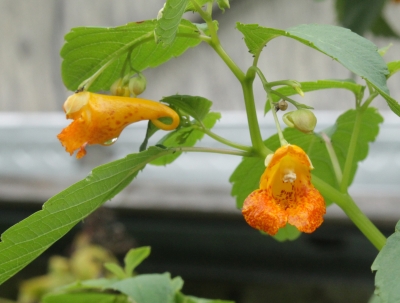 It’s also been called touch-me-not for the way its seed capsules burst open with the slightest touch to project their seeds many feet — a useful characteristic for helping a weed spread although it doesn’t explain jewelweed’s spreading here in one season over a hundred feet and to the other side of my house. It’s close relative, the widely planted annual flower, impatiens, does the same thing without becoming weedy; both plants also enjoy and flower in either sun or deep shade.
It’s also been called touch-me-not for the way its seed capsules burst open with the slightest touch to project their seeds many feet — a useful characteristic for helping a weed spread although it doesn’t explain jewelweed’s spreading here in one season over a hundred feet and to the other side of my house. It’s close relative, the widely planted annual flower, impatiens, does the same thing without becoming weedy; both plants also enjoy and flower in either sun or deep shade.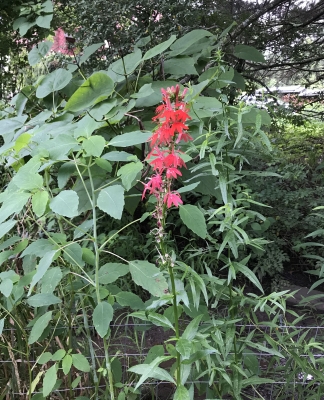
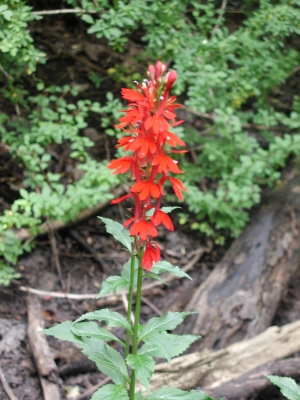
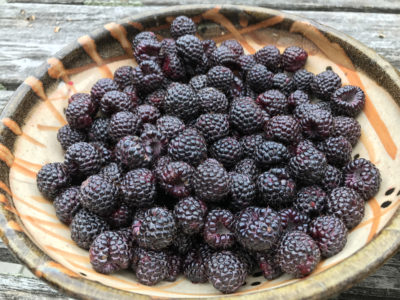
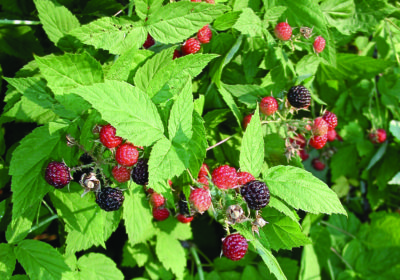

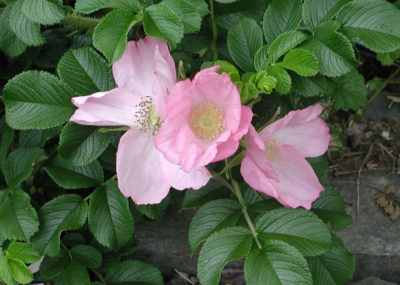 Another rose I grow, rugosa rose, won’t get any pruning this summer. Besides its nonstop, fragrant flowers, rugosa rose also bears nice hips, that is, fruits. The hips make excellent jam and are rich in vitamin C. Pruning in summer would remove spent flowers which then couldn’t go on to swell into fat hips.
Another rose I grow, rugosa rose, won’t get any pruning this summer. Besides its nonstop, fragrant flowers, rugosa rose also bears nice hips, that is, fruits. The hips make excellent jam and are rich in vitamin C. Pruning in summer would remove spent flowers which then couldn’t go on to swell into fat hips.